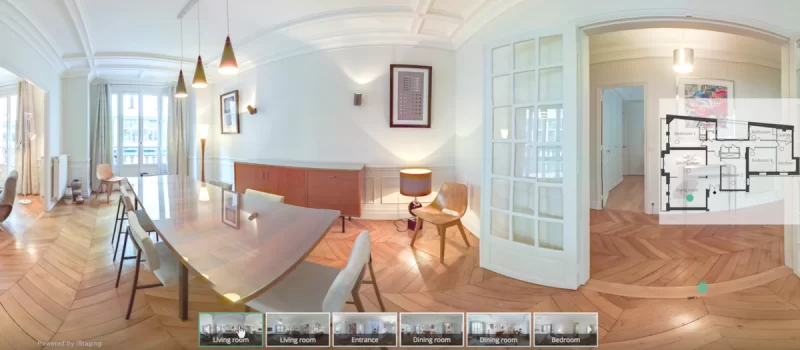Table of Contents:
- Benefits of Multiple Home Tours
- Spotting Details You Missed Initially
- Assessing the Home’s Condition Over Time
- Understanding the Neighborhood and Setting
- Gaining Clarity on Your Priorities and Preferences
- Making Confident and Informed Decisions
 Benefits of Multiple Home Tours
Benefits of Multiple Home Tours
Touring a home more than once gives buyers a deeper understanding of the property, far beyond what the first visit offers. The pressure and excitement of a first showing can often cloud your ability to notice important features or flaws. That’s why experienced buyers and professionals, such as Harlem NY real estate experts The Boland Team, emphasize revisiting homes to increase your confidence and clarity. Each visit reveals new perspectives on layout, comfort, and suitability, ensuring you make choices based on a thorough evaluation rather than a snap judgment. According to the National Association of Realtors, buyers who schedule multiple viewings express higher satisfaction and fewer regrets after closing. Seeing a property across different times or circumstances can ultimately lead to a smarter investment.
Spotting Details You Missed Initially
There’s a reason why second and even third tours tend to reveal things that went unnoticed during the first walk-through. The initial viewing is often emotional and fast-paced, with buyers soaking in curb appeal, space, and finishes. Subsequent visits allow for attentive examination of elements like storage, natural lighting, electrical outlets, or even small repairs needed. These tours provide the time and focus necessary to evaluate major and minor issues, so nothing is overlooked before making an offer. Items like uneven floors, creaky doors, or outdated fixtures tend to stand out more clearly with fresh eyes and less excitement clouding your judgment.
Assessing the Home’s Condition Over Time
Touring a property at different times—such as day versus evening or on different days of the week—provides important context about the home’s true condition. For example, noise levels from traffic or neighbors may vary drastically throughout the day. You might also notice how sunlight pours into certain rooms at different times, or find evidence of leaks after rainfall. Addressing these observations early on can help you negotiate repairs or rethink your interest in the property before committing. The Department of Housing and Urban Development’s inspection tips suggest using repeat visits to look for signs of water damage, faulty wiring, and foundation issues that could require costly repairs.
Understanding the Neighborhood and Setting
Each tour offers an opportunity to explore the home and understand the surrounding community better. Traffic, activity, and noise changes can be more apparent at different times of day. Take time to visit local parks, shops, and public transportation options. If possible, speak with neighbors or observe how people interact on the street. It’s also wise to check the feel of the neighborhood during both weekdays and weekends, as the environment might shift. Expanding your focus beyond the property itself will give you insights into what daily life could look like.
Gaining Clarity on Your Priorities and Preferences
Your vision for your ideal space may evolve as you tour homes repeatedly. The features that attract you on the first visit—such as a striking kitchen or large windows—might become less important as you analyze practicality, function, and storage. Each viewing helps you compare what truly matters versus what simply looks nice. Bringing a checklist on subsequent visits ensures you stay focused and allows you to compare properties side by side meaningfully. Clearer priorities lead to more confident decisions and fewer regrets after moving in.
Making Confident and Informed Decisions
Multiple tours empower buyers to move forward with certainty. You can measure furniture, ask detailed questions, or re-imagine how you’ll live in the space. Additional time in the home also allows discussion with agents or inspectors about items that warrant negotiation or clarification. When submitting an offer, buyers who have done their homework through extra visits feel assured and are more likely to enjoy their new home because expectations are more closely aligned with reality.